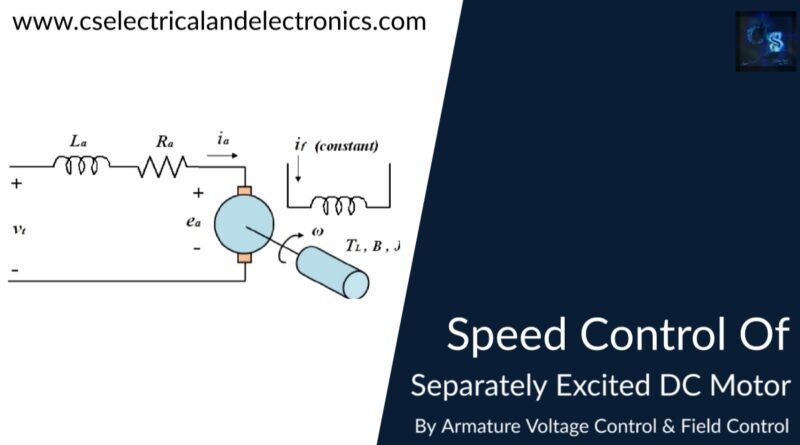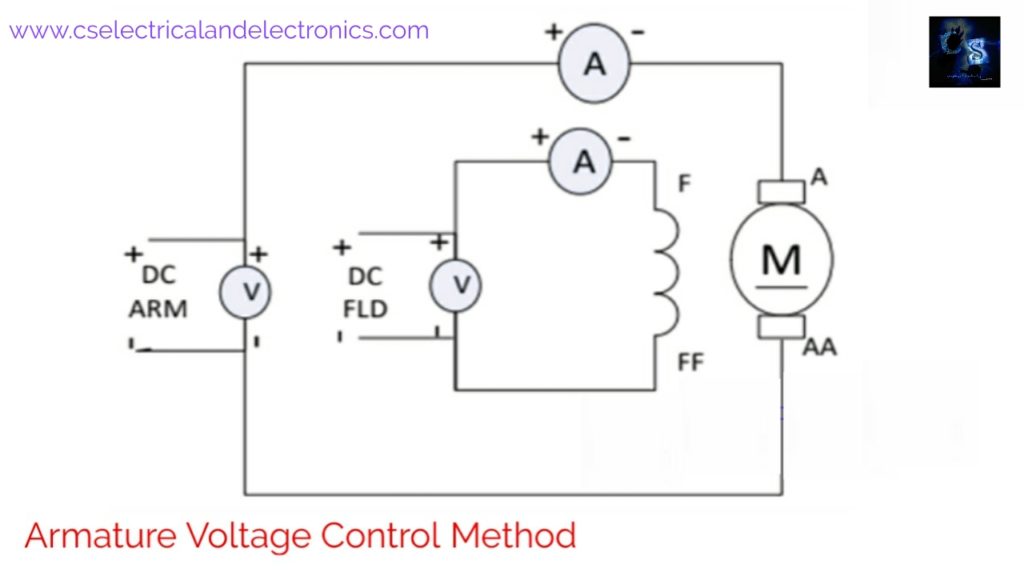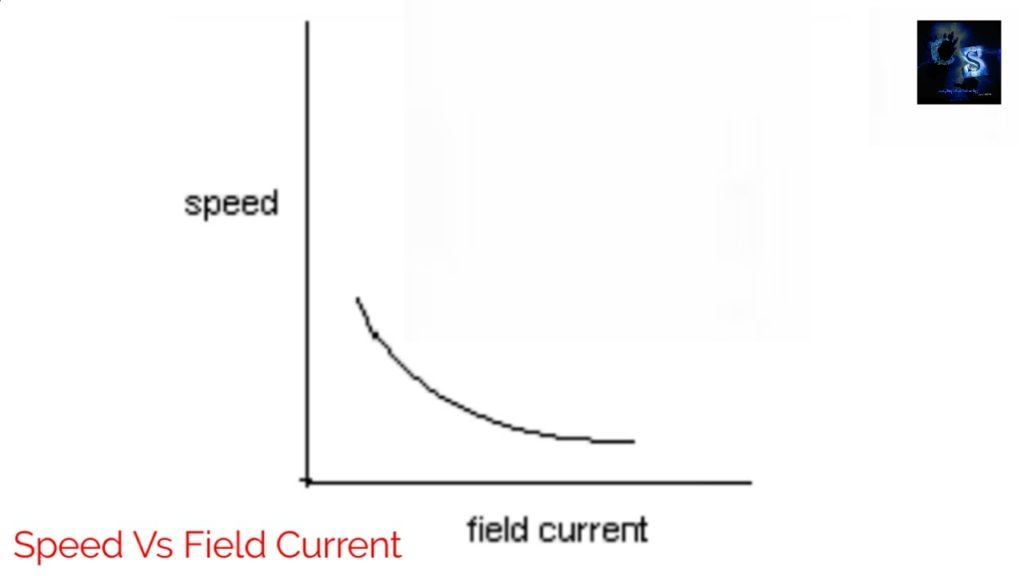Speed Control Of Separately Excited DC Motor By Armature Voltage Control And Field Control
Hello Guys, welcome back to our blog. In this article, we will discuss what is separately excited dc motor is, its applications, speed control, a circuit diagram of speed control of separately excited dc motor by armature voltage control method, and field flux control method.
If you have any electrical, electronics, and computer science doubts, then ask questions. You can also catch me on Instagram – CS Electrical & Electronics.
Also, read:
- Top 12 Underground Transmission Lines In The World
- What Is Electrolyzer, Type, Working, Cost Of Electrolyzer
- What Is MPPT, Maximum Power Point Tracker, Types Of MPPT Algorithm
Speed Control Of Separately Excited DC Motor By Armature Voltage Control And Field Control
What Is Separately Excited DC Motor
In the separately excited dc motor, the field coil is connected to a separate field excitation power supply and which does not supply power to the armature. The advantage of a separately excited dc motor is that the field flux is always available irrespective of the applied armature voltage which the high torque can be developed at low armature voltages and speeds.
Applications Of Separately Excited DC Motor
In a Separately excited motor, the supply is provided separately to the field and armature windings. The fact of this motor is that the armature current does not flow through the field windings, the supply to the field winding is given separately from other dc sources. Thus, one can obtain very accurate speed by using separately excited dc motors.
The separately excited dc motor is most suitable for the applications requiring speed variation from very low value to high value. This type of motor is used in steel rolling mills, diesel-electric propulsion of ships, paper machines, etc.
Speed Control Methods Of Separately Excited DC Motor
The speed control of the dc motor is obtained by two methods:
01. Armature Voltage Control
02. Field Flux Control
Circuit Diagram Of Speed Control Of Separately Excited DC Motor By Armature Voltage Control
What Is Armature Voltage Control Method
The speed of the dc motor depends on the back emf which is directly proportional to armature voltage and the flux which is inversely proportional. Therefore, to change the speed of the dc motor, the flux is kept constant and we change the back emf of the motor. The back emf of the motor is changed by changing the armature voltage. This is why it is called Armature Voltage Control of dc motor. As the armature voltage increases the speed of the motor also increases.
Nature Of Graph
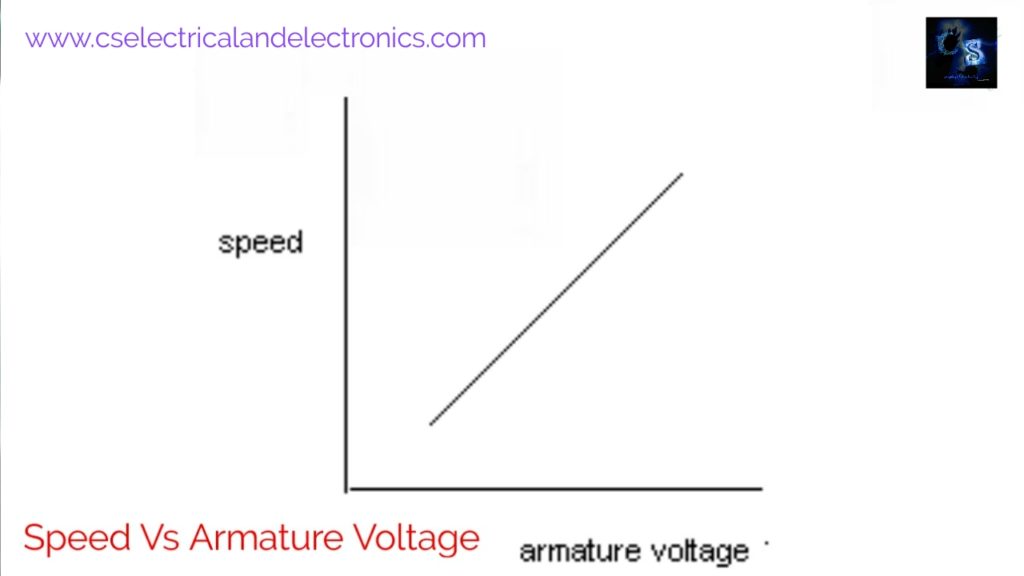
Circuit Diagram Of Speed Control Of Separately Excited DC Motor By Field Flux Control
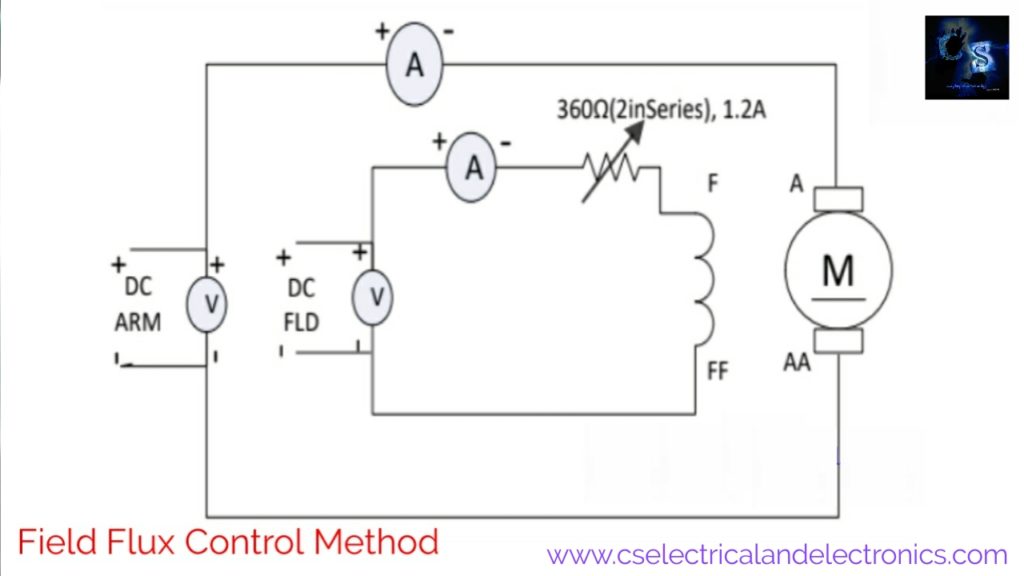
What Is Field Flux Control Method
The field flux is one of the methods of speed control of the dc motor. The speed of the dc motor is directly proportional to the field flux. The static field flux at the field coil increases then the torque over the shaft automatically increases. The emf induced across the rotor terminal is kept constant as the field flux increases as well as rotor speed decreases.
We can vary the field flux by varying the field voltage, by connecting a variable resistance in series with the field coil creates a voltage drop across the coil. The voltage drop can be varied by using a variac. So by varying flux, we can control the speed of the motor. As the field current decreases, the speed of the motor will also reduce. While varying field current the armature voltage is kept constant.
Nature Of Graph
Procedure To Perform
- 01. Connections as made as per the circuit diagram.
- 02. At the beginning keep the variac at zero position
- 03. Give DC supply.
- 04. For Armature Control Method – While conducting, the field current is kept constant and the armature voltage is varied.
- 05. For Field Control Method – While conducting, armature voltage is kept constant and the field current is varied.
- 06. Bring variac to zero position and turn off the supply.
I hope this article may help you all a lot. Thank you for reading.
Also, read:
- 10 Tips To Maintain Battery For Long Life, Battery Maintainance
- 10 Tips To Save Electricity Bills, Save Money By Saving Electricity
- 100 (AI) Artificial Intelligence Applications In The Automotive Industry
- 100 + Electrical Engineering Projects For Students, Engineers
- 1000+ Control System Quiz, Top MCQ On Control System
- 1000+ Electrical Machines Quiz, Top MCQs On Electrical Machines
- 1000+ MATLAB Simulink Projects For MTech, Engineering Students
- 50 Tips To Save Electricity At Home, Shop, Industry, Office
Author Profile
- Chetu
- Interest's ~ Engineering | Entrepreneurship | Politics | History | Travelling | Content Writing | Technology | Cooking
Latest entries
 All PostsApril 19, 2024What Is Vector CANoe Tool, Why It Is Used In The Automotive Industry
All PostsApril 19, 2024What Is Vector CANoe Tool, Why It Is Used In The Automotive Industry All PostsApril 13, 2024What Is TCM, Transmission Control Module, Working, Purpose,
All PostsApril 13, 2024What Is TCM, Transmission Control Module, Working, Purpose, All PostsApril 12, 2024Top 100 HiL hardware in loop Interview Questions With Answers For Engineers
All PostsApril 12, 2024Top 100 HiL hardware in loop Interview Questions With Answers For Engineers All PostsMarch 22, 2024Driver Monitoring Systems In Vehicles, Working, Driver Sleepy Alert
All PostsMarch 22, 2024Driver Monitoring Systems In Vehicles, Working, Driver Sleepy Alert

